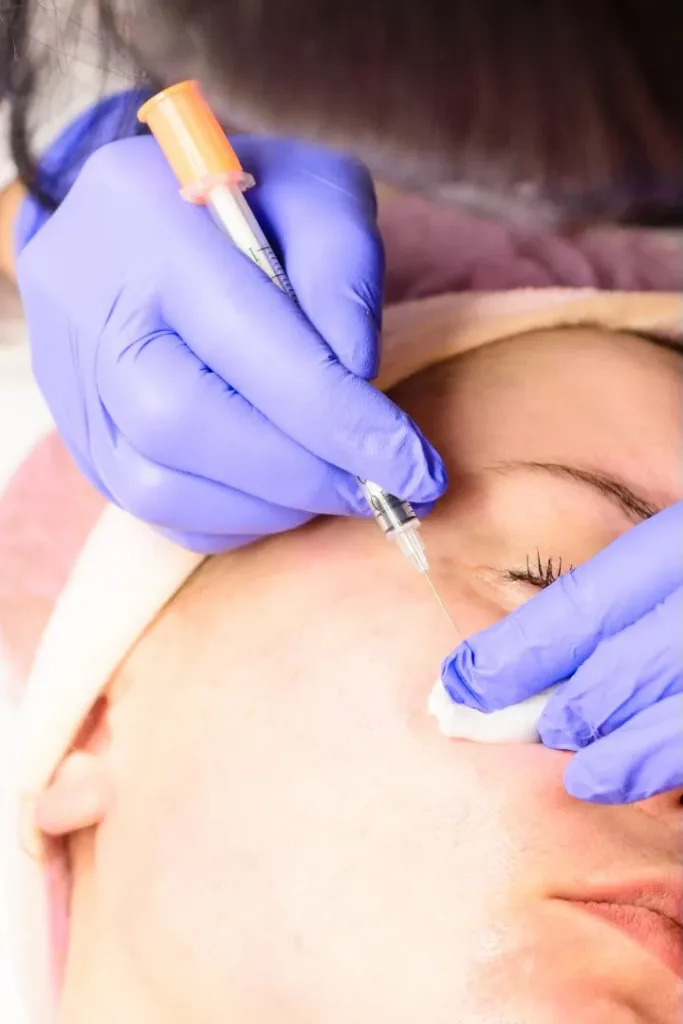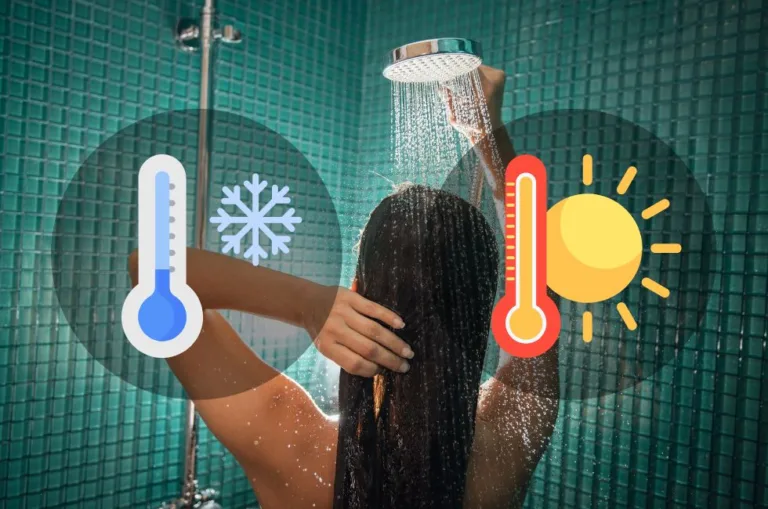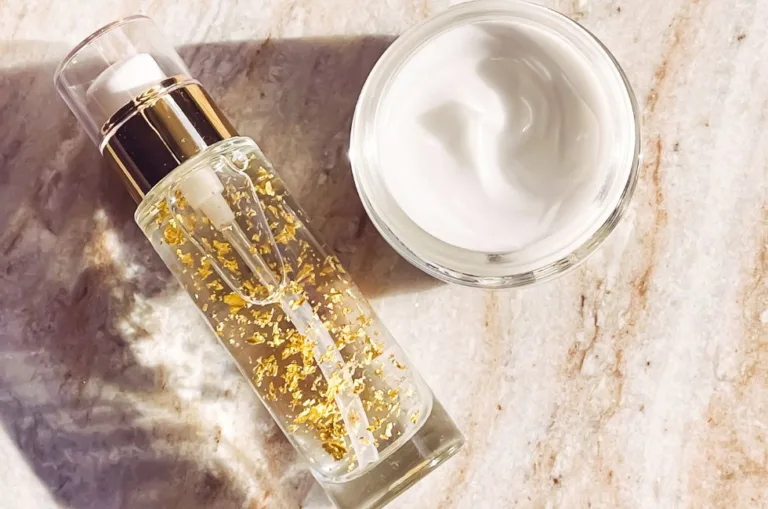You wake up one morning, look in the mirror, and bam! What’s that? A tiny, pearl-like bump staring back at you. No, it’s not a pimple, and it’s definitely not a freckle. Say hello to milia! Ever heard of them? Better yet, ever heard of milialar? Don’t worry; by the end of this article, you’ll be a milia (and milialar) maestro.
So why all this fuss about milia, or should I say, milialar for our international friends? Because they’re more common than you might think and, most importantly, totally treatable. Ready to find out more? Of course, you are!
What Are Milia Anyway?

The Science Behind the Bumps
Milia are tiny, white bumps that appear on your skin, usually on your face. They’re filled with keratin, a protein that’s in your skin, hair, and nails. These aren’t your average pimples, folks. They’re actually little cysts. Sounds serious, right? Nah, they’re mostly harmless. But knowing what they are can help you deal with them better.
Don’t believe the hype!
Common Myths Around Milia
We’ve all been there—frantically Googling how to get rid of milia and stumbling upon some rather… let’s say, creative solutions. Garlic paste? Toothpaste? A magic chant under a full moon? Oh, please. While these sound interesting, they aren’t backed by science. What you need are facts, not myths.
Why Do You Get Milia?
It’s Not Just About Bad Skincare
First off, let’s get one thing straight: having milia doesn’t mean you’ve been neglecting your skincare routine. Phew, right? These little bumps can be caused by a variety of factors, from using heavy, comedogenic (that’s a fancy word for “pore-clogging”) creams to simply having sensitive skin. Even sun exposure and hormonal changes can be culprits!
Are You at Risk?
Well, the short answer is, almost everyone is at risk at some point. Milia can affect people of all ages, from newborns to seniors. Yep, these bumps don’t discriminate. But certain factors like skin type and age can make some of us more susceptible. Ever noticed how milia often show up after you’ve tried a new skincare product? Coincidence? I think not!
Saying Goodbye to Milia

Prevention is Better Than Cure
They say an ounce of prevention is worth a pound of cure, and in the case of milia, it’s spot-on! To prevent these pesky bumps:
- Use non-comedogenic products: These won’t clog your pores.
- Regular exfoliation: Helps remove dead skin cells.
- Sunscreen is your friend: Protects against sun damage which can cause milia.
Check with a dermatologist before starting any prevention methods.
Treatment Options
You’ve already got milia and want them gone? No worries! Here’s a step-by-step guide:
- Consult a Dermatologist: Always the first step.
- Topical Retinoids: Helpful for some, but not a quick fix.
- Extraction: A professional can remove them.
- Laser Treatment: The high-tech solution.
Always follow medical advice for the best treatment for you.
Milialar: An International Perspective
Why ‘Milialar’ Matters
So why are we throwing in the term ‘milialar’? Because skincare is a global conversation, my friends! Using terms from different languages like ‘milialar’ can make this resource more accessible and relatable to a broader audience. And who knows, you might pick up some skincare wisdom from another culture along the way!
Global Remedies for Milia
Speaking of wisdom, let’s talk about how different cultures tackle milia. From herbal remedies in Asian countries to spa treatments in Europe, the ways to deal with milialar are as diverse as the people who have them. One thing’s universal, though: the desire for clear, beautiful skin.
What if Milia Come Back?
Long-term Strategies
You’ve waved goodbye to your milia, but what if they decide to crash your skin party again? Well, it’s not the end of the world. Keep up with your preventive measures, and maybe tweak them a bit. A consistent skincare routine is your best defense.
It’s a marathon, not a sprint!
When to Seek Professional Help
If milia keep making unwelcome appearances, it might be time to consult a dermatologist for a long-term solution. There could be underlying issues that you’re not aware of, and professional help is always a good idea.
Time to Say Farewell to Milia
So, what have we learned, skincare warriors? Milia, or ‘milialar’ for our globally-minded readers, are those tiny, annoying bumps that no one invited but showed up anyway. But guess what? They’re not invincible. With the right approach and, if needed, professional help, you can show them the exit door.
You’ve got this!
We’ve explored prevention, treatment, and even took a little trip around the world to understand milia from an international perspective. Now it’s your turn to put this knowledge into practice.
Go ahead, share your experiences, tips. Let’s make this a community effort because, after all, clear skin is a universal language!




